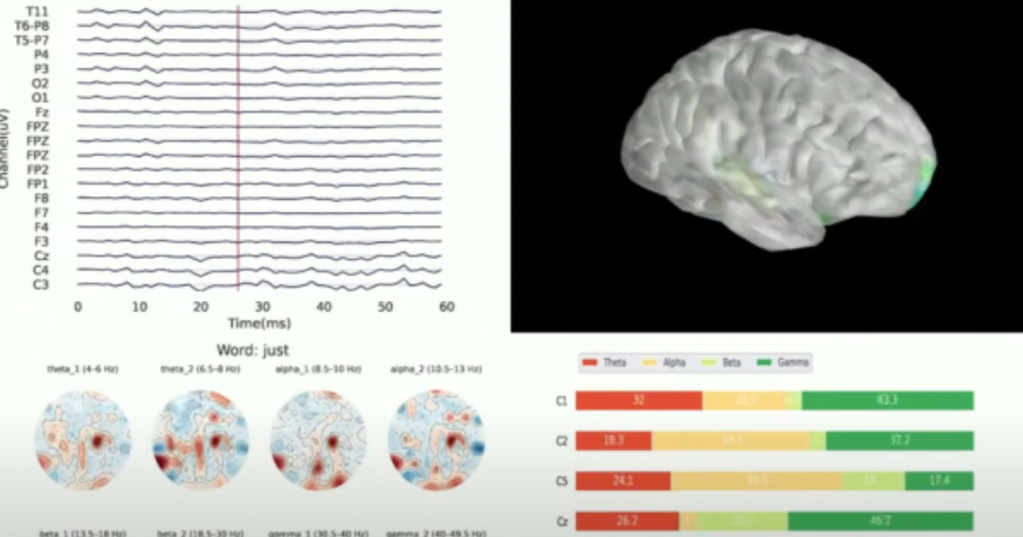
Being able to read minds has been a dream for people for ages, but thanks to a new breakthrough at the University of Technology Sydney’s GrapheneX-UTS Human-Centric Artificial Intelligence Center, it may actually be possible.
The research relies on a non-invasive device that is placed on a person’s head and uses EEG waves to read the person’s thoughts.
Similar work had been done in the past, but it required invasive devices to be placed under the skull and the use of eye-tracking hardware.
This new system performs impressively well without the need for these things.
Ching-Ten Lin, a professor at the UTS School of Computer Science and Director of the GrapheneX-UTS HAI Centre discussed the technology, explaining:
“The research represents a pioneering effort in translating raw EEG waves directly into language, making a significant breakthrough in the field.”
The new technology relies on large language model technology, which is also what is behind popular AI tools like ChatGPT. For this reason, many are calling the system, “BrainGPT.”
Professor Lin went on to say:
“It is the first to incorporate discrete encoding techniques in the brain-to-text translation process, introducing an innovative approach to neural decoding. the integration with large language models is also opening new frontiers in neuroscience and AI.”
In the field of technology-assisted mind reading, there is a system in place to evaluate how accurate the results of a test are.
This is known as the BLEU algorithm and is scored between 0 and 1, with numbers closer to 1 being better.
This new system is rated at a .4, which makes it clear that it still needs to be improved.
Other systems that use under-the-skull sensors or even a full MRI machine can produce better results. Yiqun Duan, who authored the paper for the research on this system, discussed how it is performing:
“The model is more adept at matching verbs than nouns. When it comes to nouns, we saw a tendency towards synonymous pairs rather than precise translations, such as ‘the man’ instead of ‘the author.’ We think [these errors are] because when the brain processes these words, semantically similar words might produce similar brain wave patterns.”
Researchers are confident that they will be able to improve the technology significantly as they continue to learn more about how it, and our brains, work.
They hope to get up to an accuracy score of .9, which is similar to what modern language translation programs achieve.
If you would like to watch the full demonstration where a man thinks various things and the results are displayed on the screen behind him, enjoy this video.
The combination of mind-reading technology and AI produces incredible results.
Let’s hope we’re ready for everything that comes with it.
